Understanding lug patterns is essential for every GMC owner and automotive enthusiast. A lug pattern, also known as a bolt pattern, refers to the specific arrangement of wheel studs and lug nuts that secure your vehicle’s wheels to the hub.
These patterns vary across models for GMC vehicles – from the Sierra 1500’s consistent 6×5.5″ pattern to the Terrain’s recent switch from 5×4.72″ to 5×4.53″.
This configuration is crucial because it determines which wheels can safely fit your vehicle. The pattern is measured by counting the number of lug nuts and measuring the diameter of the circle they form.
Getting this wrong isn’t just about fitment – it’s a critical safety consideration that affects vehicle stability, handling, and overall driving safety.
Proper lug patterns ensure your wheels stay securely attached during all driving conditions.
Common GMC Lug Patterns

A lug pattern (also called bolt pattern) refers to the specific arrangement of wheel mounting holes that match the vehicle’s wheel hub studs.
For GMC vehicles,
- the most prevalent patterns are the 6×139.7mm (6×5.5″) pattern found on Sierra 1500s and Yukons,
- the 8×165.1mm (8×6.5″) pattern common on heavy-duty models like the Sierra 2500HD,
- and the 5x115mm pattern used on smaller vehicles like some Terrain models.
The correct lug pattern is crucial for proper wheel fitment and vehicle safety, as wheels with mismatched patterns cannot be safely mounted.
The lug pattern is typically expressed in two numbers: the first indicates how many lugs are present, while the second represents the diameter of the circle formed by the center of the lug holes.
How to Check Lug Patterns?
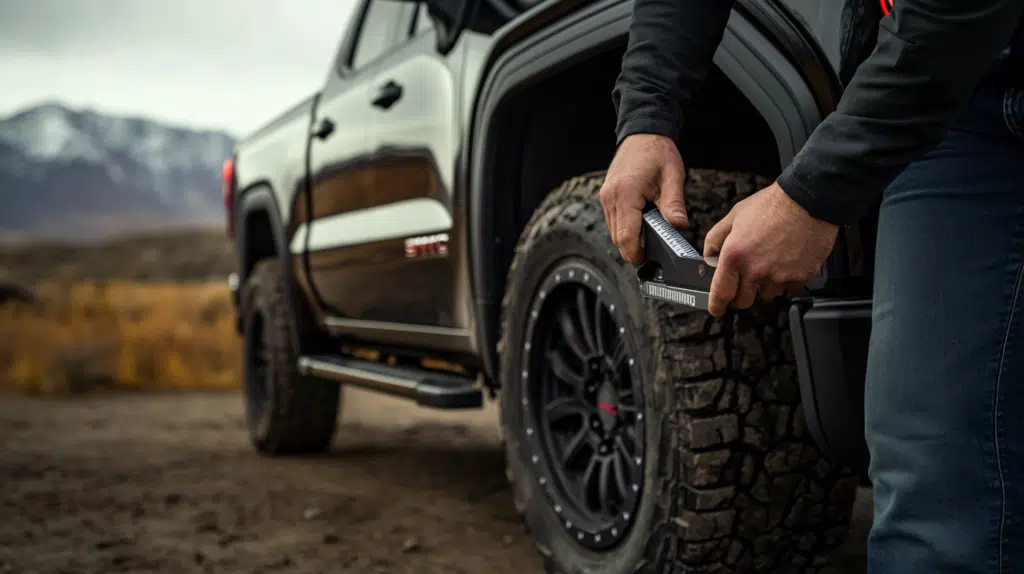
Several reliable methods can be used to determine your GMC’s lug pattern. The easiest approach is checking your vehicle’s owner’s manual or looking for the specifications sticker typically located on the driver’s side door jamb or glove compartment.
For a hands-on measurement, you can measure the bolt pattern yourself – for a 6-lug wheel like those on GMC Sierra 1500s, measure from the center of one lug hole to the center of the hole directly opposite (not diagonally) to get the diameter measurement.
Many auto parts stores offer specialized bolt pattern gauges for enhanced accuracy, or you can use online vehicle databases that maintain detailed fitment information.
When in doubt, verifying measurements with a professional wheel installer is always recommended to ensure proper fitment and safety.
DIY Measurement Tips:
- 5-lug pattern, measure from the back of one lug hole to the center of the second hole clockwise or counterclockwise to find the bolt circle diameter.
- For 8-lug patterns, measure directly across like with 6-lug wheels.
Lug Patterns By GMC model
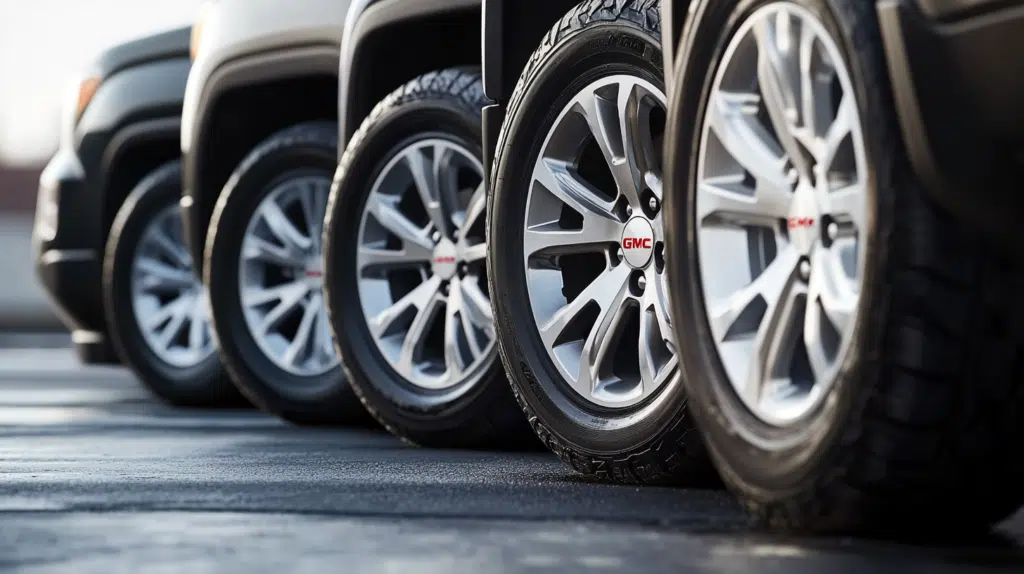
GMC vehicles feature distinct lug patterns across their truck and SUV lineup.
- The Sierra 1500 consistently uses a 6×5.5″ (6×139.7mm) pattern throughout its generations, making wheel fitment straightforward.
- The Sierra 2500 alternates between 8×6.5″ and 8×7.09” patterns depending on the model year.
- For SUVs, the GMC Terrain underwent a pattern change from 5×4.72″ to 5×4.53″ after 2021.
- The Yukon maintains a 6×5.5″ pattern across its models.
- The Canyon pickup primarily uses a 6×5.5″ pattern for models after 2015, while earlier versions had a different specification.
GMC’s variety in lug patterns reflects their diverse vehicle lineup, with patterns ranging from 5-lug configurations in smaller SUVs to 8-lug setups in heavy-duty trucks
GMC vs. Other Brands: A Lug Comparision
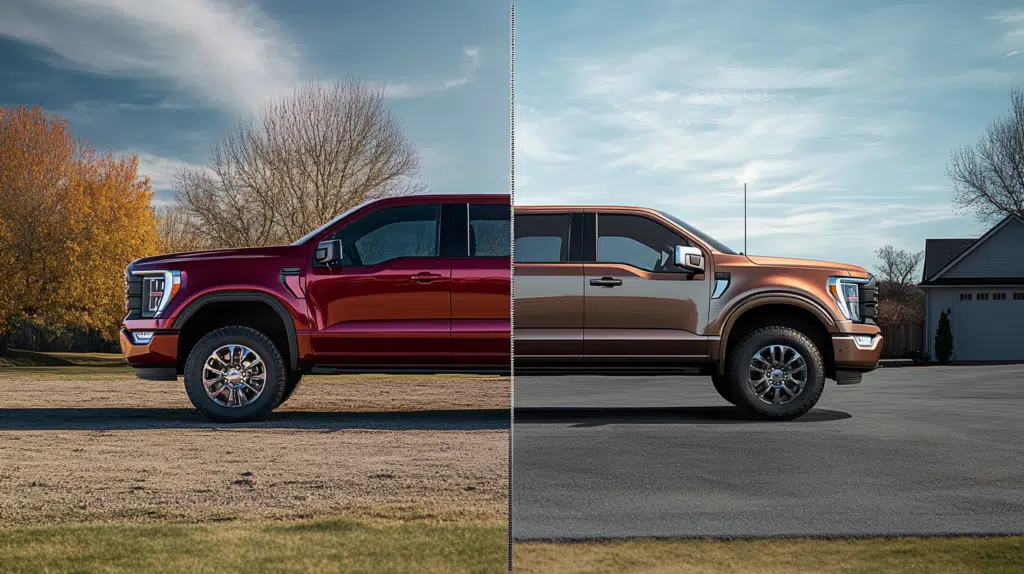
Despite being part of General Motors, GMC’s lug patterns don’t always match Chevrolet vehicles, though they often share common patterns within similar vehicle classes.
For instance, while the GMC Sierra 1500’s 6×5.5″ pattern aligns with the Chevy Silverado 1500, it differs from the Ford F-150’s 6x135mm pattern and Toyota Tundra’s 6×139.7mm configuration.
This pattern variation means wheels aren’t directly interchangeable between brands, even for similarly sized vehicles.
In the heavy-duty segment, the GMC Sierra 2500’s 8×6.5″ pattern matches some Chevrolet models but differs from Ford Super Duty’s 8x170mm pattern.
These differences in bolt patterns can affect aftermarket wheel options and pricing, with some universal-fit wheels commanding premium prices due to their cross-brand compatibility.
Lug Maintenance Tips And Suggestions
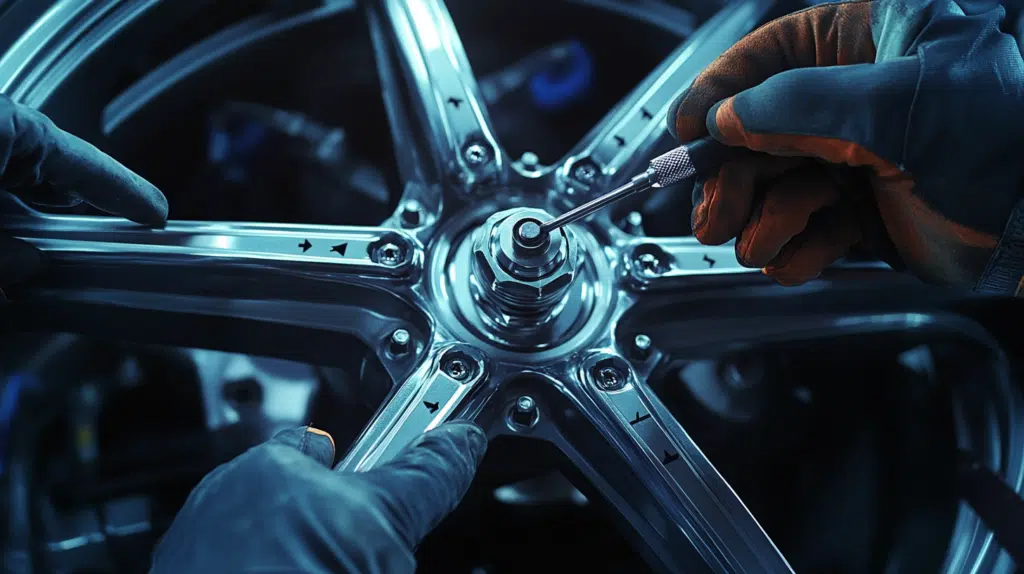
Regular maintenance of wheel lugs is crucial for vehicle safety and optimal performance. For GMC vehicles, lug nuts should be torqued to manufacturer specifications – typically 140 ft/lbs for Sierra 1500 models across most years.
It’s essential to check lug nut tightness every 50 miles after a wheel installation or rotation, as they can loosen during the initial break-in.
Always follow a star or cross pattern for tightening to ensure even pressure distribution when installing wheels.
The lug area should be cleaned regularly with a wire brush to prevent rust buildup, and a thin layer of anti-seize compound can be applied to the threads (but never on the seat area) to prevent corrosion.
Regular visual inspections can help identify early signs of wear, stripped threads, or damaged lug nuts that need immediate replacement.
How Do Lug Patterns Impact Safety?
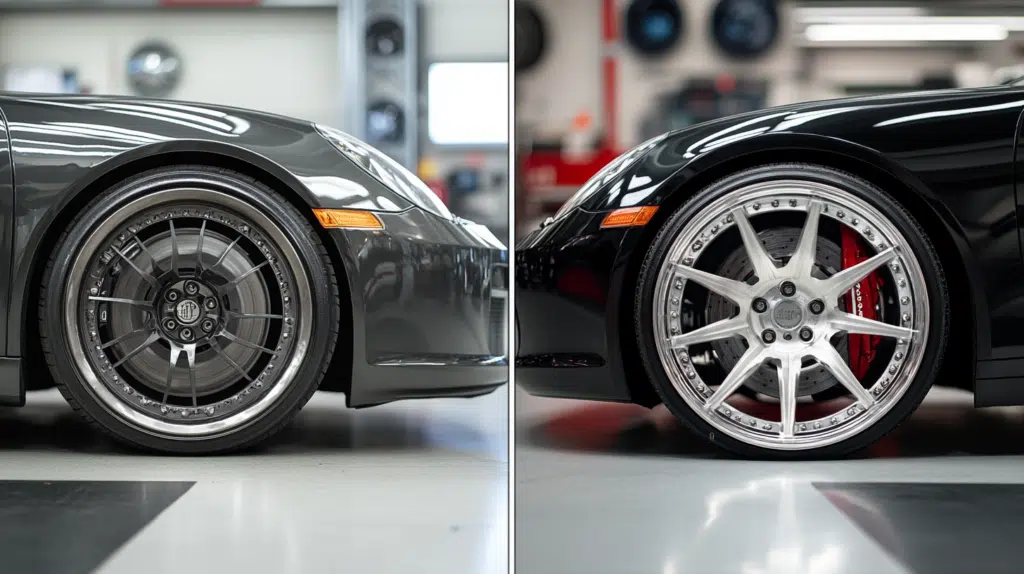
Proper wheel lug patterns are crucial for vehicle safety and performance. The correct lug pattern ensures optimal wheel fitment and load distribution, preventing dangerous situations like wheel loosening or detachment while driving.
When lug patterns don’t match exactly, the wheel’s mounting stability can be compromised, leading to vibrations, uneven tire wear, and potential wheel separation at high speeds.
Professional installation is essential, as technicians use calibrated torque wrenches to achieve the manufacturer’s specified torque values – typically 140 ft/lbs for GMC Sierra 1500s.
They also follow critical safety procedures like cross-pattern tightening and properly cleaning mounting surfaces.
Attempting to force-fit wheels with incorrect lug patterns or skipping professional installation can result in catastrophic wheel failure.
Conclusion
Understanding your GMC’s lug pattern isn’t just about styling your wheel – it’s fundamental to your vehicle’s safety and performance.
Whether you own a Sierra 1500 with its standard 6×5.5″ pattern or a newer Terrain with its 5×4.53″ configuration, knowing your specific lug pattern is crucial for proper wheel fitment.
To ensure safety, always verify your vehicle’s exact specifications in the owner’s manual, use a calibrated torque wrench set to manufacturer specifications (typically 140 ft/lbs for many GMC models), and follow proper installation procedures, including the critical cross-pattern tightening sequence.
Regular maintenance checks of lug nut torque, especially after wheel installation or seasonal changes, help prevent potential safety issues.
Consulting a professional mechanic is the safest choice when in doubt about lug pattern compatibility or installation.


